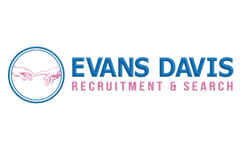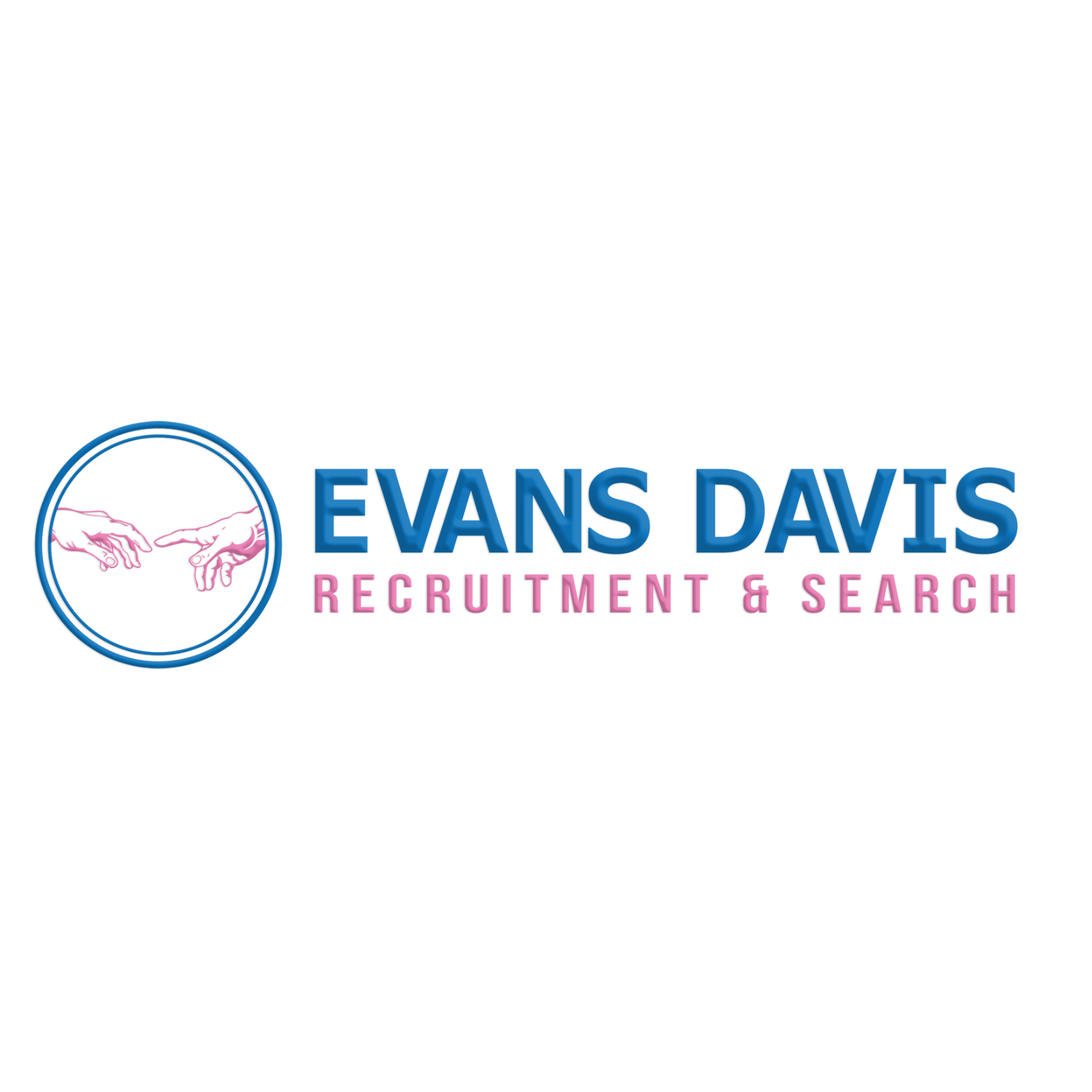Setting new hires up for success starts before you make anyone an offer, and ensuring they continue to be contributing members of your team extends well and truly beyond their probation period.
In this post, I will cover some of the main reasons people don’t work out. And we will discuss what you can do to help avoid this happening in your business.
So why do some people work out and some people don’t?
Ultimately it comes down to alignment, or misalignment, of expectations, and broadly speaking, there are two sides to the equation:
- The candidate fails to meet the performance expectations of the business hiring them;
- Business hiring fails to meet the expectations of the candidate they hire;

The candidate fails to meet the expectations of the company employing them
In the case of a candidate failing to meet the performance expectations of a business, it is usually one of two things:
- The employee is not technically capable of completing the tasks required for the position they were hired in;
- The employee is unwilling to “work hard enough”/cultural fit.
If you have hired someone who isn’t technically capable of doing a job, that is on you and is usually a case of, “I liked them, so I thought they would be good,” rather than they can do the job.
Having a standard interview process in which each potential candidate completes a:
- Technical interview;
- Technical competency test;
- Psych tests;
- References;
It will go a long way to ensuring that you hire people that you both:
- Like; and
- Are technically capable;
Many businesses we work with will have a rapid screening test. A test where each candidate will answer 3 or 4 technical questions before attending an interview.
Candidates get a little frustrated by completing tests before attending interviews. However, this is one way to ensure you are only meeting technically capable candidates who are interested in the role.
In the case of employees who aren’t willing to “work hard enough” or are a poor cultural fit, then you need to ask yourself:
- How well did I explain what it is like to work here on a day-to-day basis and my expectations?;
- What questions did I ask them about performance requirements at their last place of employment?;
- When I took the references, did I explain our culture to the referee? Did I ask them how they thought this person would cope in that environment?
No one accepts a job hoping to fail.
Asking people questions about their current place of employment during the interview process allows you to work out if they will be able to cope.
If you know your work is tough, then you need to paint the picture to candidates throughout the process, explaining to them that this is what it will be like.
If people know what they are getting themselves in for, they are far more likely to commit to that decision and, in turn, perform at the levels required.
Business hiring fails to meet the expectations of the candidate they hire
The recruitment process, as a rule, is heavily skewed towards determining if a candidate is suitable for a business and not the other way around.
One of the best pieces of advice I was given when I first started in recruitment was that after the first interview, you should push the candidate away from the job and see if they return.
The main reason for this is:
- Everyone’s circumstances are different. It is impossible to know all the factors and the weight they assign to each when considering a job. By giving people all the information, good and bad, they need to decide for themselves, painting the picture of what the business is like to work for and encouraging them to speak with a couple of people, they will take ownership over their choice and ultimately commit to that decision.
In a roundabout way, it’s the same reason why in primary school, the teacher would ask everyone in the class, “What rules do we want to have this year?”
Somehow we always ended up with “put your hand up if you have a question and don’t interrupt others if they are talking”.
Moving on.
The main areas a business falls short of employee expectations are:
- Job responsibilities;
- Manager;
- Systems;
- Culture;
Job Responsibilities
Unless there has been a significant change in business operations, there is no reason in my mind why someone should be in a job they weren’t expecting.
During the recruitment process, make sure you:
- Explain the job in detail, including day-to-day, weekly, and monthly outcomes;
- Ask the candidates to explain what they understand the position to be;
- Clarify any differences.
Hiring Manager
A few quotes are floating around the interweb: “people don’t quit their jobs; they quit their manager.”
I’d be interested in seeing the empirical evidence. However, I can say that while it isn’t the sole reason, it is often a contributing factor.
If hiring people, you need to be very conscious of doing all you can to ensure new hires know what you will be like to work with, regardless of how demanding/hands-on you might be.
Once they have started, feedback is essential, and the questions people have when they start a new job are:
- Am I completing my work to an acceptable standard;
- What could I be doing better;
- Do people like me?
I believe that you should have a 5 to 10-minute catch-up with new hires at:
- Day 1;
- One week;
- Two weeks;
- One month;
- Two months;
- Three months.
In the worst case, you need to pull new hires aside quickly to reassure them of the above and let them know when they can expect a more formal catch-up.
Systems
If someone is coming from a larger business, there is a good chance they are used to having good policies and will find working in a company that doesn’t look challenging.
I’m sure by now you see a theme developing here.
Spending time asking candidates about the systems they use, explaining what your systems are like, and the main frustrations using real examples will mean that there are no surprises when they start.
Culture
I remember reading an employment advertisement for a place I used to work which said:
- Work/life balance;
- Flexible working environment;
- Lunchtime gym sessions;
- Regular training and development.
It just wasn’t right, and if you accepted a position with them for any of the above reasons, you would have been let down.
They worked 8 am – 6 pm, were micromanaged, had a strict 1-hour lunch policy, and the training consisted of a recruitment video from the ’90s.
Every business culture is different. I’ve recruited businesses that work 38 hours a week and those that expect people to work 70 hours a week, every week.
In my experience, regardless of how tough a working culture is, if you are transparent and explain to people what it is like to work with your business and ask them to think about what that means, you will give yourself the best chance of hiring the right people and getting them to stay.
In closing, ensuring people work out starts from the first interview. By running a systematic interview process and explaining to candidates what it will be like to work with your business, you will give yourself the best chance of hiring the right person. Providing feedback once will ensure they stay engaged.

